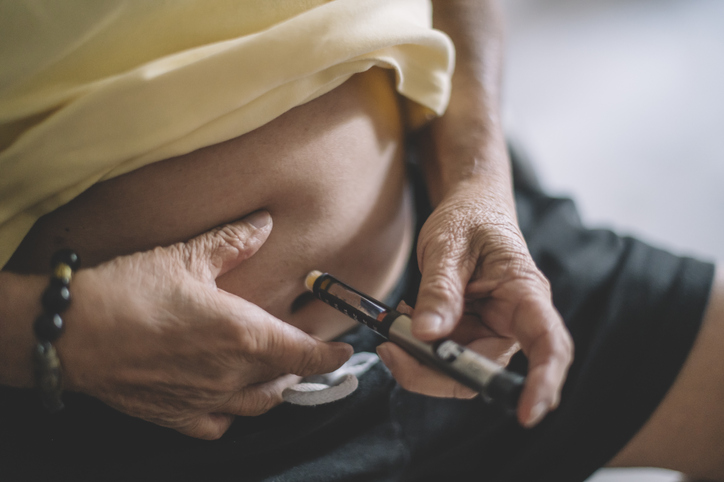Living with Chronic Pain
7 Tips for Reducing Injection Pain

In some cases, the best administration route for certain medications is through regular injections. Unfortunately, injections can sometimes cause pain. Seven tips to help minimize injection pain include the following:
1. If possible, make sure the medication is at room temperature.
Injecting chilled medication can cause pain, so it is best to use room-temperature injections if possible.

2. Put an ice pack on the injection location.
This will numb the area, making the injection less painful. Do this before swabbing the skin with rubbing alcohol.

3. Ask a doctor about topical anesthesia.
When applied 30 minutes before an injection, lidocaine or prilocaine/lidocaine cream may reduce or even prevent pain. Cooling sprays that numb the skin may also be effective.

4. Wait for rubbing alcohol to dry.
After using an alcohol swab, wait for the alcohol to dry completely before the injection. This helps reduce any stinging sensations.

5. Relax the muscle as much as possible.
For injections that are administered into a muscle, relax the muscle ahead of time. Injecting medication into a relaxed muscle is less painful than injecting it into a tense muscle.

6. Put pressure on the skin.
Putting pressure on the designated area before the injection may reduce pain. After the injection, gently massaging the skin around the injection site for at least 10 seconds can also be beneficial.

7. Adjust the injection speed.
If the release of medication causes pain, slowly injecting the medication may help. In other cases, inserting the needle, pushing down the plunger, and removing the needle as quickly as possible is less painful. Vary administration speed to determine what works best.



















